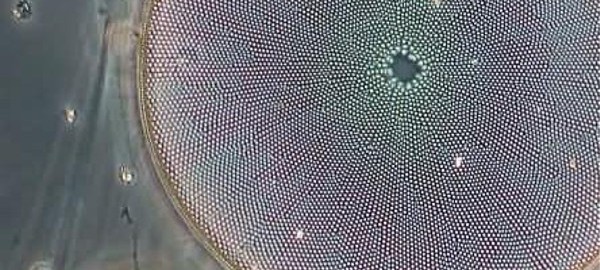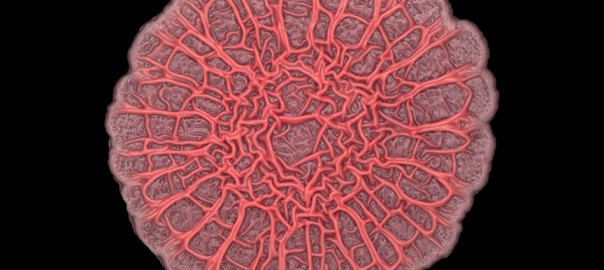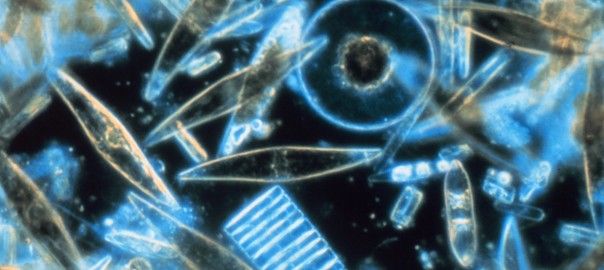Publication
Kashtan, N., S.E Roggensack, S. Rodrigue, J.W. Thompson, S.J. Biller, A. Coe, H. Ding, P. Marttinen, R. Stocker, M.J. Follows, R. Stepanauskas and S.W. Chisholm (2014) Single cell genomics reveals hundreds of coexisting subpopulations in wild Prochlorococcus, Science, 344(6182), 416-420, doi: 10.1126/science.1248575



